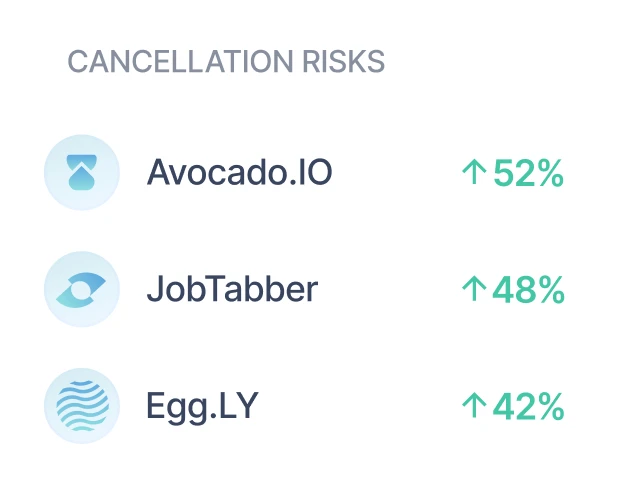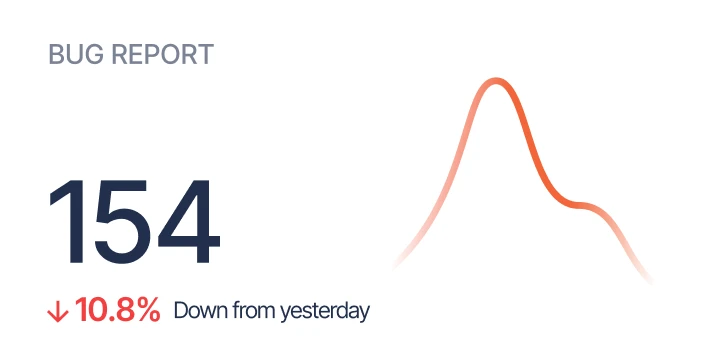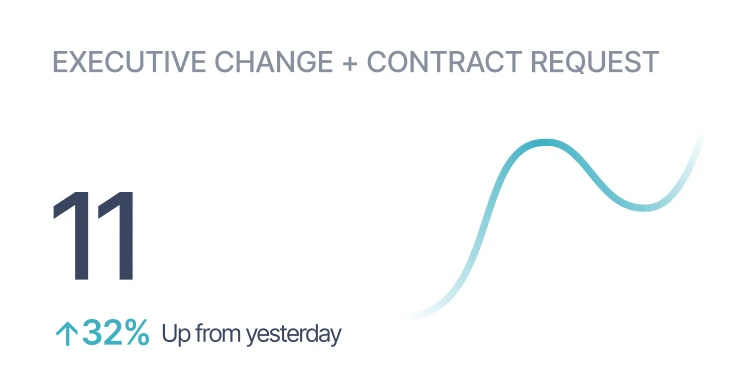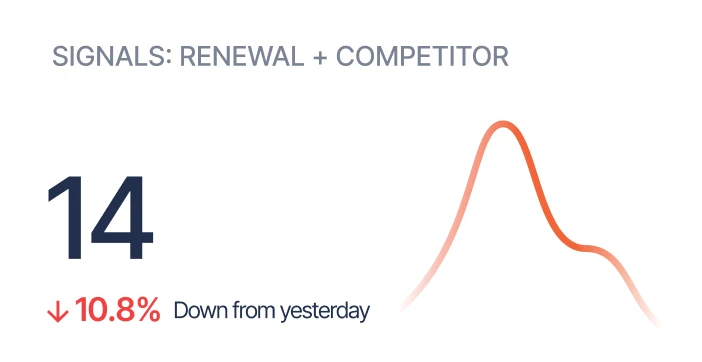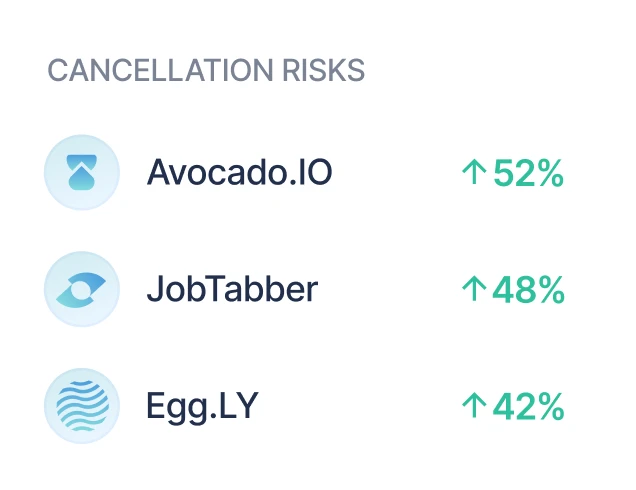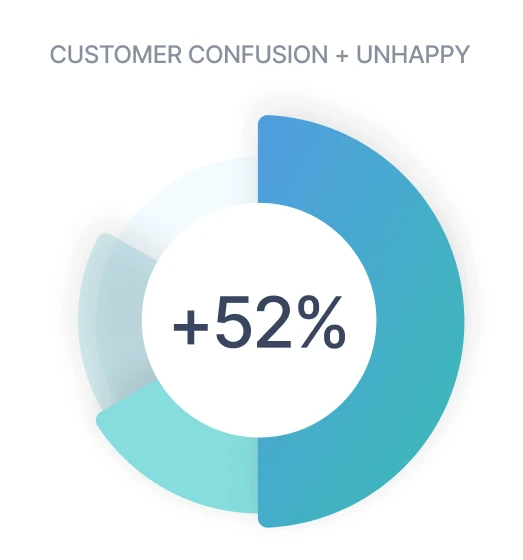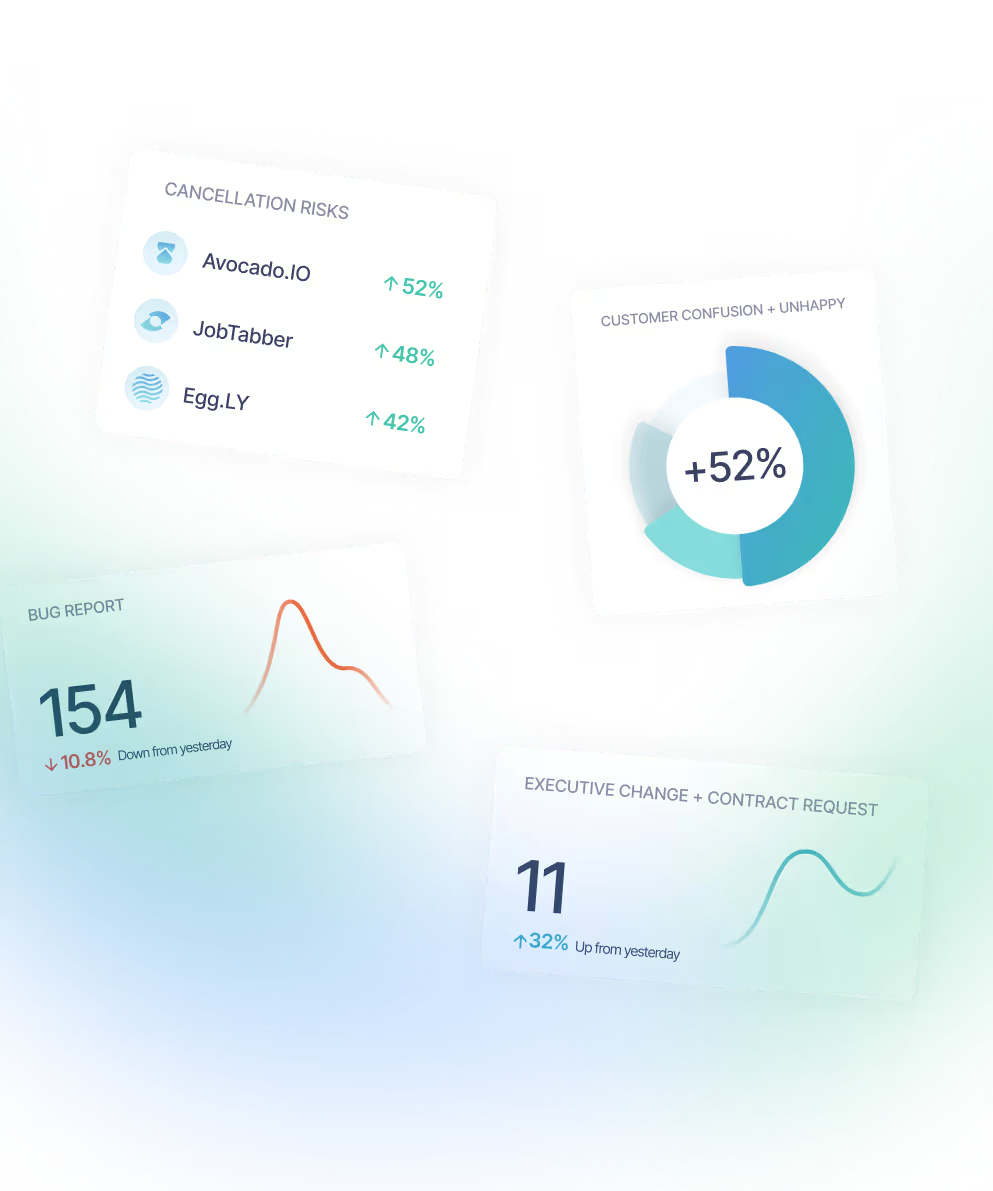I spoke to an entrepreneur this week, and he said, “This company cut CS by 50% just to see what would happen.”
The same person said, “90% of the companies I talk to are canceling their CSP.”
After a recent merger of two large CSPs, one of their executives posted his resignation on LinkedIn, the TL;DR was that CS has a lot of promise but executive leadership refuses to give it the budget it needs.
CS is approaching a crisis. The root of the problem is retention, and the belief means that only one group ‘owns’ the number.
Why? No matter how much tech or flesh you throw at a retention problem, CS isn’t going to improve it in any meaningful way…alone.
If your Marketing team targets customers who won’t get value from your product and they buy it, what happens?
If your product is confusing, or buggy, or just sucks, what happens?
If your Sales team sells deals with false promises, what happens?
If your onboarding process stinks, what happens?
If your Accounting team pisses people off, what happens?
The answers to the above are obvious. What is not obvious? Which of these problems is afflicting your business right now, as you read this, because each of those issues is in a different system, silo and team.
You aren't paying attention.
No one owns retention. The obsession with retention has led us to ignore what really matters: what makes customers happy, and what does not.
Today, we have the opportunity to automatically discover almost every issue that detracts from customer satisfaction, route it to the right person, and track its resolution. The Marketing VP targets customers who need the product, the Product Team has a customer-led roadmap, the Billing Team realizes that the auto-renewal process does more harm than good, and the CRO learns which sellers are over and under-selling.
When was the last time you heard someone say, “We leave no stone unturned in our quest to resolve every customer issue rapidly and intelligently?”
I have spoken to several executives who say, “I just wouldn’t know what to do with this type of data.” I make a note to never buy their products. They don’t care about customers.
Call me crazy. I want to live in a world where every product or service I buy is awesome. So does everyone else. Focus on being awesome, and you won’t need to worry about retention.
Let’s try to make it a reality together.

.png)

.png)
.png)

